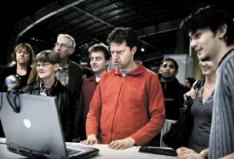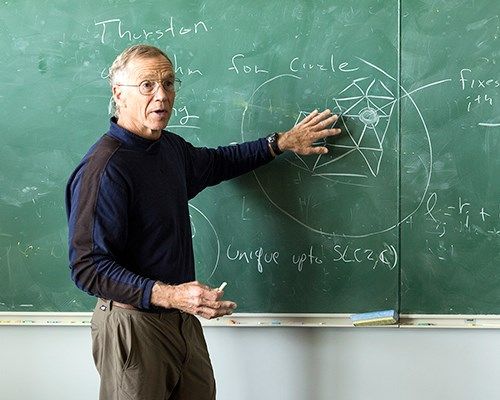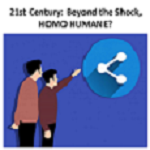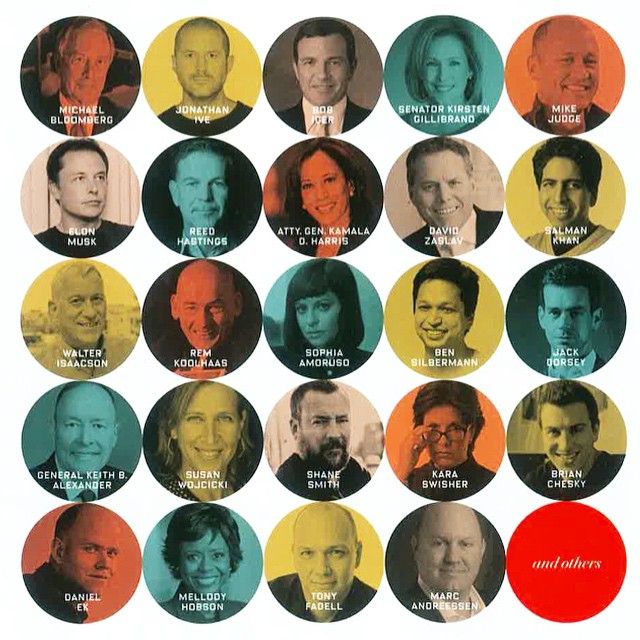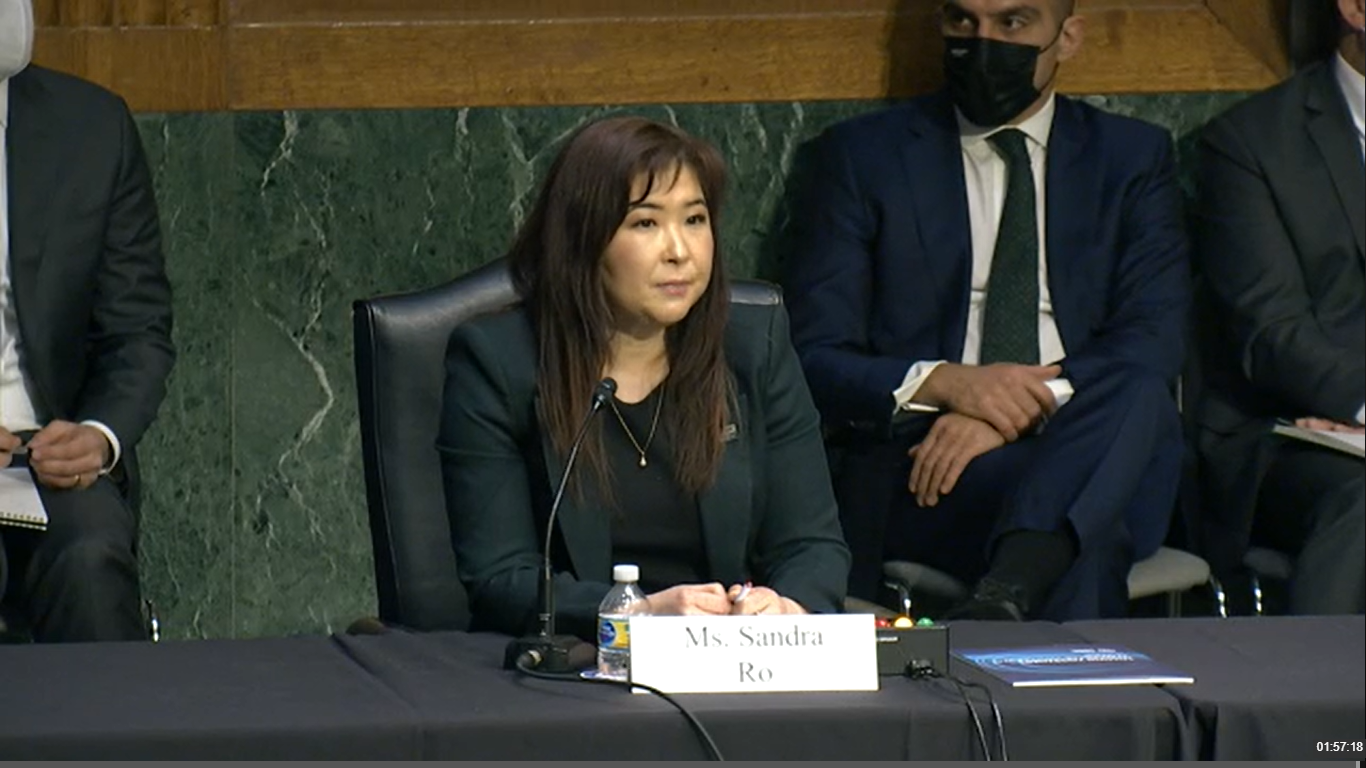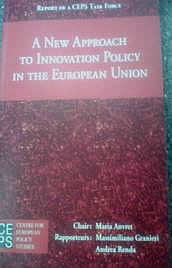money, wheel, fire, electricity,
the printing press, the steam engine, tv, oil refining, democracy, internet, automobile, telephone, refrigeration, legal system, capitalism, airplane, abacus, facebook, penicillin, solidarity, cotton gin, compass, multilateral cooperation, anesthesia, shipping container, blockchain, hyperloop |
A feature of Western culture is its focus on science and technology, and its ability to generate new processes, materials and material artifacts. It was the West that first developed steam power and adapted its use into factories, and for the generation of electrical power. Nuclear power stations are derived from the first atomic pile in Chicago (1942). The electrical dynamo, transformer, electric motor, and electric light, and indeed most of the familiar electrical appliances, were inventions of the West. New communication devices and systems such as the telegraph, the telephone, fax, the transatlantic cable, radio and television, the communications and navigation satellites, mobile phones, the internet and the web can all be credited to the West. Furthermore, ubiquitous materials such as concrete, aluminum, clear glass, synthetic rubber, synthetic diamond and the plastics, among others, are all inventions of the West. Iron and steel ships, bridges and skyscrapers first appeared in the West. The pencil, ballpoint pen LCD, LED, the photograph, photocopy, laser printer and plasma display screen were too. The ship's chronometer, the engine powered screw propeller, the locomotive, bicycle, automobile, and aeroplane were all invented in the West. Eyeglasses, the telescope, and the microscope and electron microscope, all the varieties of chromatography, protein and DNA sequencing, x-rays, and light, ultraviolet and infrared spectroscopy, were all first developed and applied in Western laboratories, hospitals and factories.
In medicine, Vaccination, anesthesia, MRI, the birth control pill, and all the pure antibiotics were discovered in the West. The method of preventing Rh disease, the treatment of diabetes, and the germ theory of disease were discovered by Westerners. The eradication of that ancient scourge, smallpox, was led by a Westerner, Donald Henderson. Radiography, Computed tomography, Positron emission tomography and Medical ultrasonography are important diagnostic tools developed in the West. So were the stethoscope, electrocardiograph, and the endoscope. Vitamins, hormonal contraception, hormones, insulin, Beta blockers and ACE inhibitors, along with a host of other medically proven drugs were first utilised to treat disease in the West. The double-blind study and evidence-based medicine are critical scientific techniques widely used in the West for medical purposes.
In mathematics, calculus, statistics, logic, vector, tensor and complex analysis, group theory and topology were developed by Westerners. In biology, evolution, chromosomes, DNA, genetics and the methods of molecular biology are creatures of the West. In physics, the science of mechanics and quantum mechanics, relativity, thermodynamics, and statistical mechanics were all discovered by Westerners. The atom, nucleus, electron, neutron and proton were all unveiled by Westerners. Most of the elements, as well as the correct notion of elements themselves were discovered in the West. Nitrogen fixation and petrochemicals were achievements of Westerners. Chemistry itself became a science in the West.
Westerners are also known for their explorations of the globe and space. The first expedition to circumnavigate the Earth was by Westerners, as well as the first to set foot on the Poles, and the first to land on the moon. The landing of robots on Mars and on an asteroid, and the Voyager explorations of the outer planets were all achievements of Westerners.
Where there is capitalism, there can be real hope for improving the human condition. How vital technology is to improving the common good of humanity:
1) Small, modular nuclear reactors to generate electricity are getting support from governments. The E.U. is considering classifying nuclear energy as green energy. President Joe Biden put $8.5 billion in his recent infrastructure program for nuclear energy. Britain, Russia, China, Japan and South Korea all want a bigger role for nuclear energy.
2) Electric grids are planning to add gigawatts of battery storage capacity to their distribution networks. The price of lithium-ion battery packs has fallen dramatically.
3) A professor at Arizona State University in the U.S. has developed a mechanical tree that removes CO2 from the atmosphere one thousand times more efficiently than natural trees. The pretend trees rely on wind to blow air past resin-encrusted disks which absorb CO2.
4) The company, Footprint, sells plant-based biodegradable, compostable, recyclable, alternatives to single-use plastics. Use of Footprint's material has eliminated 60 million pounds of plastic.
5) Tammy Hsu has programmed microbes to mimic the way color compounds occur in nature, using sugar to enzymatically produce the same blue shade as indigo dye does. But indigo dye is produced with formaldehyde and cyanide, which are toxic to workers making blue jean fabric and the environment. Hsu's dye can safely be made in factories.
6) The company, Heliogen, uses precisely positioned mirrors to concentrate sunlight to produce thermal energy up to 1000 degrees Celsius, hot enough for steel and cement production. At present, steel and cement production uses heat that generates 10% of global greenhouse gas emissions
7) A sister company of Heliogen takes dirt and waste materials that can store energy and makes 35-ton blocks to stack in a tower, keeping the energy intact until it is needed.
8) New markets are emerging to take and resell slightly used clothing, reducing demand for new clothes. Most of the clothes thrown in landfills in America are good enough to be resold, if they can find a market. Clothing manufacture and distribution account for between 2% and 8% of global carbon emissions, more than aviation or shipping. Internet technology is reducing the friction preventing markets from redistributing clothing. Think of the innovations brought about by Airbnb and Uber. Technology can now quickly match sellers with buyers, making markets for used clothing liquid. There are now online clothing resellers. Three are publicly listed. In 2021, the total spent on used clothing was $36 billion, more than the $30 billion spent on "fast fashion." |




